Terror on the moors
10,000 Birds
JULY 7, 2024
It’s quite amazing how birds that we are used to seeing much of the year on coastal mudflats, exploiting the intertidal, change their habits and take to the hills to raise their young. Here on Shetland, it is the larger shorebirds that immediately catch the eye. And with good reason.


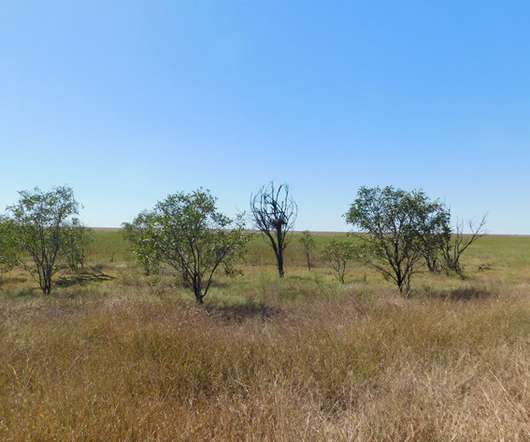
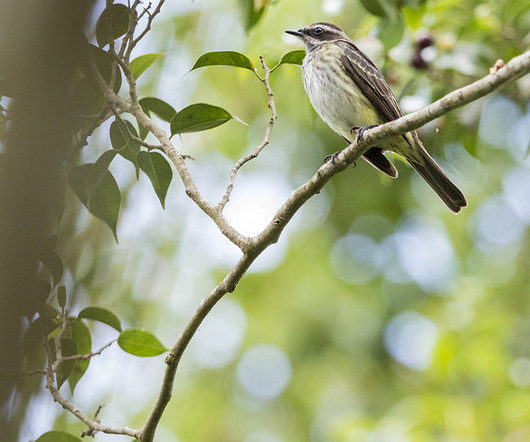








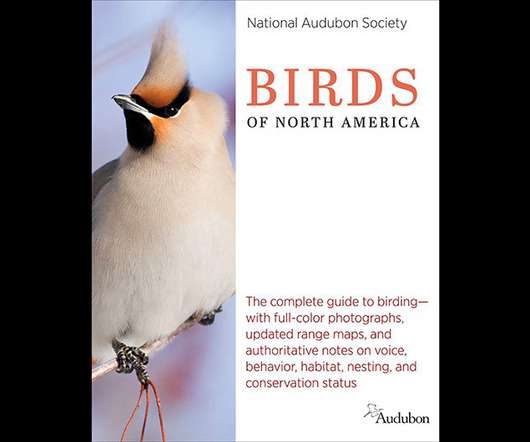








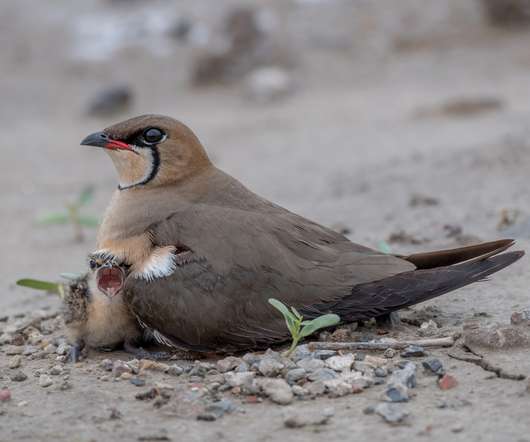

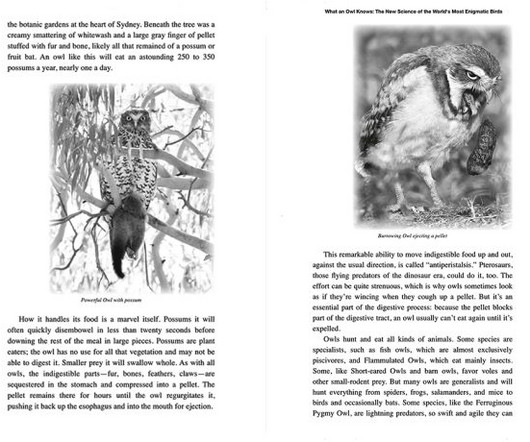






Let's personalize your content